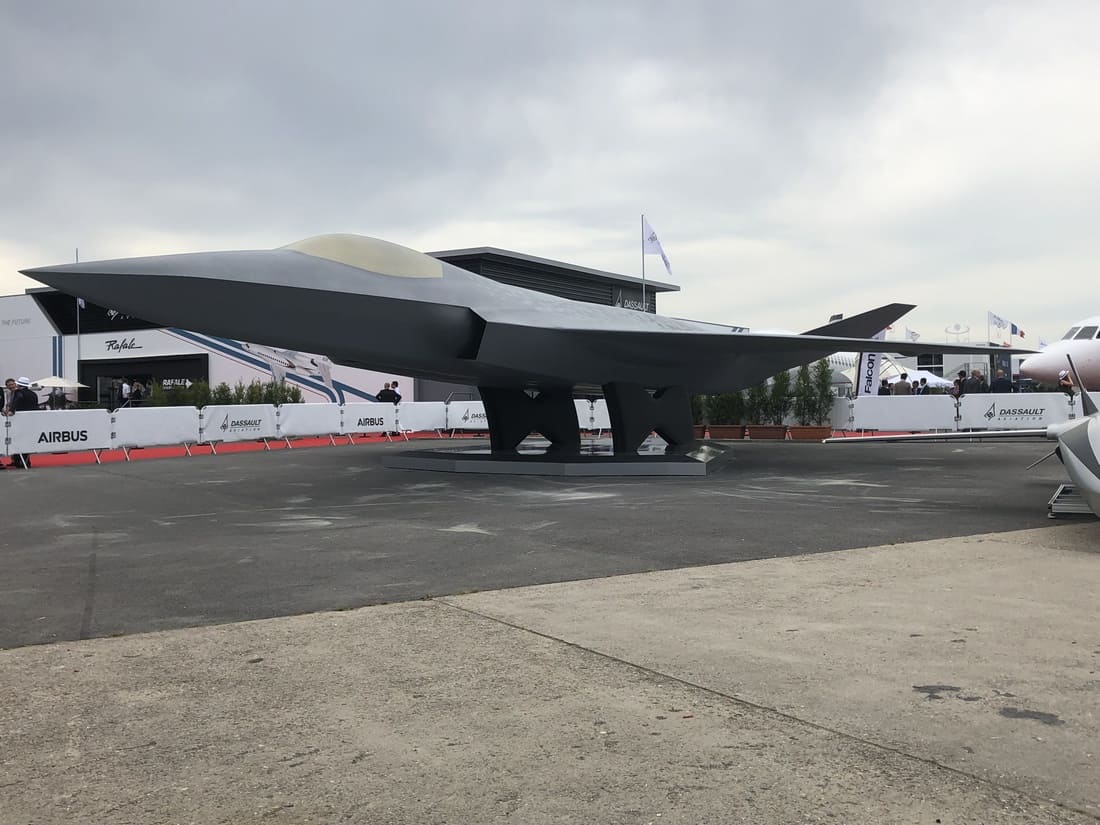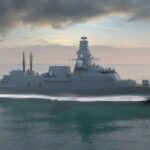Boris Pistorius and Sébastien Lecornu closed their latest meeting in Osnabrück with a single-line instruction for staff: settle the Future Combat Air System (FCAS) work-share fight by the end of December. Pistorius called the deadline “non-negotiable”. Lecornu warned that further delays would disrupt air force planning. Their comments followed weeks of tension between governments and industry that had raised doubts about Europe’s most ambitious combat-air programme.
The FCAS project, launched in 2017 and joined by Spain in 2019, aims to develop a manned next-generation fighter, uncrewed support aircraft, and a secure digital combat network. Operational service is still targeted for 2040. But disagreements over engineering leadership in Phase 1B have slowed progress.
Dassault Aviation wants to lead development of the fighter airframe. Airbus Defence & Space, speaking for Germany and Spain, prefers a model where different firms lead separate work strands. Spain’s Indra supports a three-way division of responsibility. Meanwhile, budgets for Phase 2 must be finalised before national legislatures vote on 2026 appropriations.
The next ministerial meeting is set for 27 August in Toulon at the Franco-German Security and Defence Council. Working-level meetings will continue every two weeks. A dedicated FCAS summit in October will serve as a final checkpoint before legal teams draft the agreement.
December Deadline for the FCAS Work-Share Agreement
Phase 1B, which began in late 2022 with €3.2 billion in funding, covers detailed design work across seven core areas: the fighter itself, remote carriers, engines, the combat cloud, sensors, stealht coatings, and test infrastructure. Nothing can move into Phase 2-the demonstrator build-without signed contracts that clearly define leadership roles, costs, and intellectual property rights. Defense planners have marked New Year’s Eve as the cutoff. Missing that date would push Phase 2 funding into a new budget cycle and delay the entire timeline by at least a year.
According to industry sources, five formal deliverables must reach the ministers before holidays:
- Lead assignments. Each pillar needs a single design authority to cut duplication and lock liability.
- Export framework. Governments must agree on a licensing process that keeps national veto power yet prevents last-minute surprises for foreign buyers.
- Nuclear-capable variant. France requires a version certified for its airborne warhead; Berlin wants wording that shields it from direct involvement.
- Funding ladder. All three treasuries need a fixed payment profile through 2029 so yearly votes stay predictable.
- Joint requirement. The operational spec must merge carrier launch, continental air defence, and crew-drone teaming into one clear document.
Dassault CEO Éric Trappier argues that airframe integrity demands central control. Airbus CEO Guillaume Faury counters that shared leadership better reflects the programme’s funding structure and prevents any one firm from dominating. Spanish lawmakers have backed Airbus, warning that an unbalanced share would threaten political support for Spain’s planned €2.1 billion contribution.
Berlin worries about technology leaving the country. Bundestag rapporteur Christoph Schmid said, “We will not finance a French project with German funds.” Paris responds that the project must first meet operational needs; Lecornu lists carrier suitability and nuclear carriage as non-negotiable. Both ministers agree export licensing stays a national right rather than a European Commission task. The wording must now travel from podium to contract.
France booked €3 billion for Phase 2 in its 2025-2027 plan. Germany still uses the €100 billion Sondervermögen fund but faces domestic scrutiny over drawdown speed. Spain’s line item remains provisional, pending quarterly reviews. Finance ministries want signatures before 31 December so outlays fall inside current spending ceilings.
Industrial Alignment and Political Stakes of FCAS Phase 2
Beyond governance, export rules drive hard debate. French nuclear certification requires classified data locked to Paris. German law blocks direct support for any nuclear role. The compromise under study gives France sole authority over that variant while Germany and Spain handle standard versions. Officials call it “parallel clearance.” Implementation demands fine-grained interfaces so software blocks remain separable.
A second point is carrier operations. France insists on fighter launch from its future nuclear-powered carrier, now in early design. Naval adaptation affects arestor hooks, landing-gear strength, and corosion proofing. Airbus engineers highlight weight penalties and want equal say in those trades. The ministries must pick one design path soon because carrier reinforcement cannot bolt on later.
The project also faces stiffer international competition. The United States funds its Next-Generation Air Dominance effort well past design freeze. The United Kingdom, Italy and Japan push the Global Combat Air Programme, toward flight tests from 2030 onward. China accelerates the J-XX family. European chiefs fear market share will vanish, if FCAS crosses the 2040 finish line late.
To help ministers assess the risks, the joint program office identified three main cost drivers that can turn schedule delays into major budget overruns:
- Inflation on long-lead materials-composite pre-preg, high-temperature alloys, and gallium-nitride wafers.
- Workforce churn-engineers assigned to FCAS may leave if timelines look uncertain, forcing new hires and retraining.
- Duplicated tooling-when leadership remains unclear, companies order parallel jigs as insurance, then scrap them once roles settle.
Analysts estimate each six-month delay adds about €700 million across the tri-national ledger.
Spain’s air staff, eager to retire ageing EF-18s, stresses fleet-life deadlines. Indra warns that a cascade of slips would force Madrid to extend legacy fighters past 2045, consuming funds earmarked for FCAS.
Polling in Germany shows tepid support for defence mega-spending after three years of inflation. French voters question the payoff from exclusive nuclear requirements. Spanish newspapers portray the program as a test of Europe’s industrial clout. Failures play badly in each press cycle.
Our analysis shows that missing the December date would add at least €1.4 billion in escalation, and push the demonstrator’s rollout past the 2030 Paris Air Show. It may limit media attention, and weaken recruitment for stealth-specialist suppliers.
If Lecornu and Pistorius translate public solidarity into a signed pact, engineers will freeze the fighter’s outer mold line, wind tunnel work will ramp up and suppliers from Seville to Bremen can finally cut metal. If talks falter, rival consortia will look more attractive and Europe’s ambition for a sovereign sixth generation cockpit may fracture.
REFERENCE SOURCES
- https://www.indracompany.com/sites/default/files/230607_pr_indra_joint_office_fcas.pdf
- https://www.reuters.com/business/aerospace-defense/airbus-presses-dassault-decision-following-fighter-tensions-2025-07-30/
- https://theaviationist.com/2025/07/13/dassault-seeks-80percent-fcas-workshare/
- https://www.defensemirror.com/news/39828/France_Wants_80_Percent_Share_in_Franco_German_FCAS_Fighter_Project
- https://thebulletin.org/premium/2025-07/french-nuclear-weapons-2025/
- https://www.airbus.com/en/newsroom/stories/2025-06-preparing-the-airbus-a400m-for-tomorrow
- https://www.politico.eu/article/france-germany-future-combat-air-system-project-fighter-jets-defense/
- https://table.media/en/security/professional-briefing/industry-reacts-to-bwbbg-pistorius-and-lecornu-want-to-save-fcas



